OnePlus 5 vs iPhone 7 Plus: Portrait modes compared
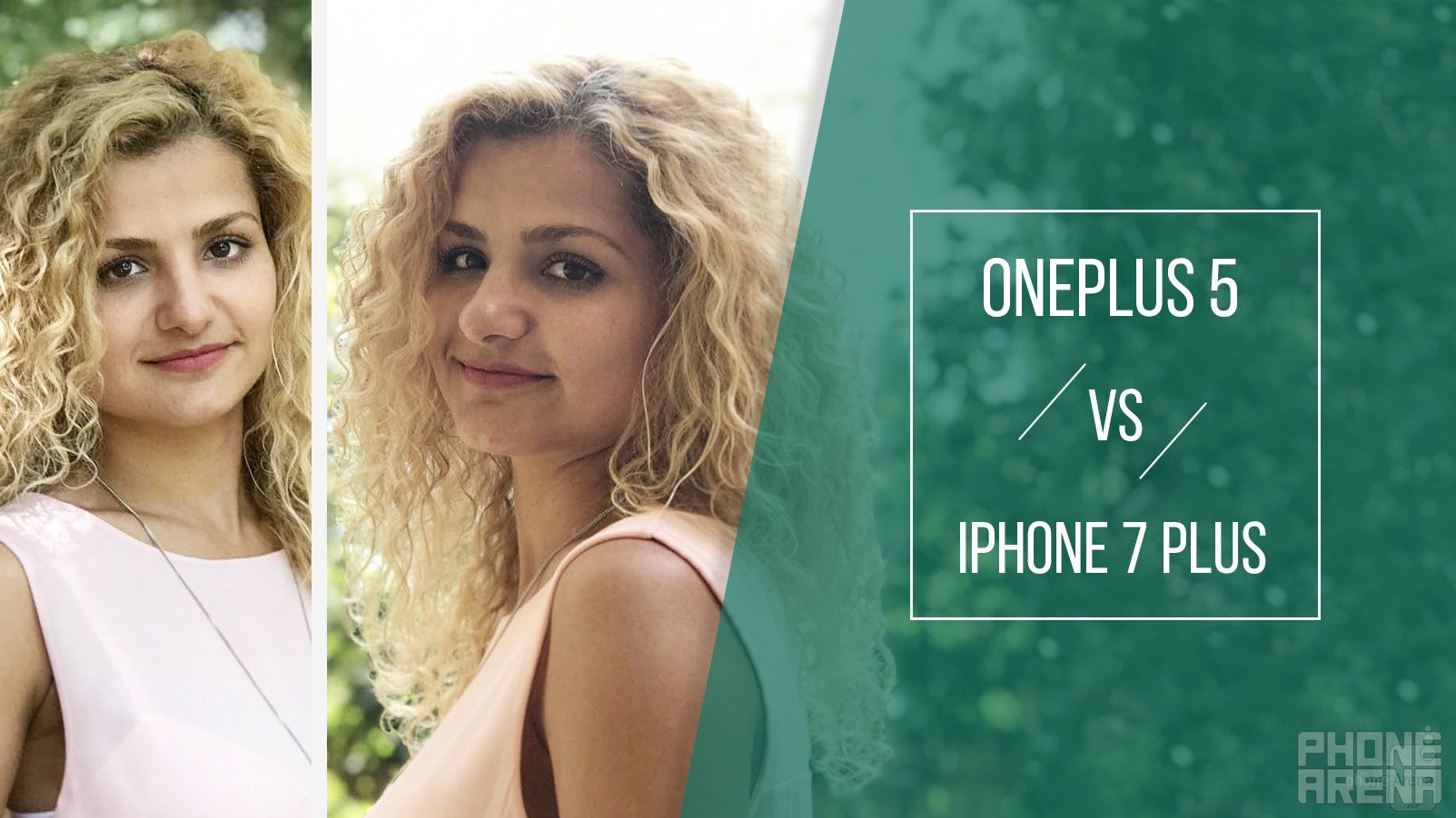
Similarly to the iPhone, the new OnePlus 5 also has a telephoto lens on its back (although it offers 1.6x optical magnification instead of 2x) and it also uses it in a similar way to simulate a shallow depth of field. The question is, which one's better? There's a standard 12MP sensor behind the second camera of the iPhone 7 Plus, while the OP5 has a larger, 16MP sensor that makes its telephoto shooter tick. The OnePlus may have the upper hand when it comes to resolution, but is image size alone enough to win a portrait shootout? Let's find out!
Scene 1
The OnePlus 5 is a mixed bag when it comes to photo quality, delivering both good and bad results almost back to back, and under almost identical conditions. It’s almost as though it does it on a whim, and the first scene in this test is a good example for a situation where the OP5 just refuses to take a good (or even acceptable) picture. The results speak for themselves, really, no need for an in-depth analysis, but let me just say that I tried taking this picture 4 or 5 times with the OnePlus 5 in hopes of getting an acceptable result, but alas, it wasn’t meant to be.
The iPhone 7 Plus, on the other hand, keeps the model sharp in focus, while pleasantly blurring the environment behind her. It isn’t perfect either, as there are some “seams” left around her hair, but it’s an all-around much, much better photo than the one from the OnePlus.
The iPhone 7 Plus, on the other hand, keeps the model sharp in focus, while pleasantly blurring the environment behind her. It isn’t perfect either, as there are some “seams” left around her hair, but it’s an all-around much, much better photo than the one from the OnePlus.
Scene 1 close-ups
Scene 2
The OnePlus 5 fares much better here than in the previous scene. The image it produces here is much sharper, with better separation between model and background. When examined up-close and side-by-side with the photo from the iPhone 7 Plus, the OnePlus 5 image is ever so slightly softer, although not by much.
The iPhone picture has a higher contrast and warmer tones than the OnePlus 5 shot, although whether you’d take one over the other color-wise, largely comes down to personal preference.
All in all, the two phones fare similarly in this scene, both in terms of subject separation and blur quality, with the OnePlus 5 producing a slightly softer image than the iPhone, which is not all that problematic in this case, especially since it's not apparent unless you blow up the photo.
Scene 2 close-ups
Scene 3
Since this scene has a busier foreground than the ones before it, we can see that both contenders become equally confused by the more complex geometry, failing to properly blur the background visible through the openings in the chairs.
Other than that, the iPhone photo has cooler colors this time around, whereas the OnePlus 5 picture is warmer and seemingly more vibrant as a result.
Scene 3 close-ups
Scene 4
A general rule of thumb for taking a portrait picture with a creamy background is to have a lot of space between your model and background, and, of course, to have the aperture of your lens as wide open as possible. That said, we still decided to see what we’d get out of a more cramped scene, without much breathing room between subject and background.
The OnePlus 5 leaves us with a brighter, more vibrant image, with much better-looking and more realistic skin tones. The background here is also more aggressively blurred, which you may or may not like, but from a distance at least, it looks a lot better than the iPhone 7 shot. However, when we take a closer look at both images side-by-side, it becomes clear that the one taken on the OnePlus 5 is again substantially softer.
Scene 4 close-ups
Scene 5
This is a similar scenario to the one in the previous scene. Even without going in-depth, there’s a night and day difference here – the iPhone 7 Plus photo is underexposed, with a much cooler white balance, which makes it appear dull and lifeless. When examined up-close, it is also undesirably soft.
Both phones fail this test, although the OnePlus 5 does arguably better in terms of all-around color representation and exposure.
Conclusion
As you can see for yourself, neither the iPhone 7 Plus, nor the OnePlus 5 can perfectly simulate the creamy shallow depth of field that’s so sought-after in digital photography these days. Whether you’d take sharper but duller-looking pictures that you can fix in post, over vibrant and well-exposed images that are, however, very soft most of the time, is entirely up to your personal preference.
Also, don't forget to check out our other camera comparisons involving the OnePlus 5:
Follow us on Google News



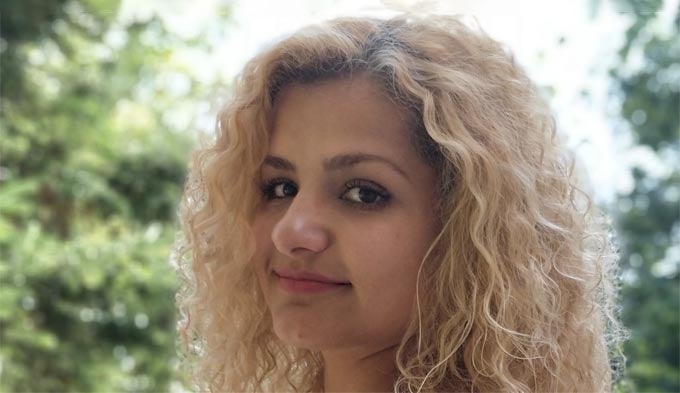

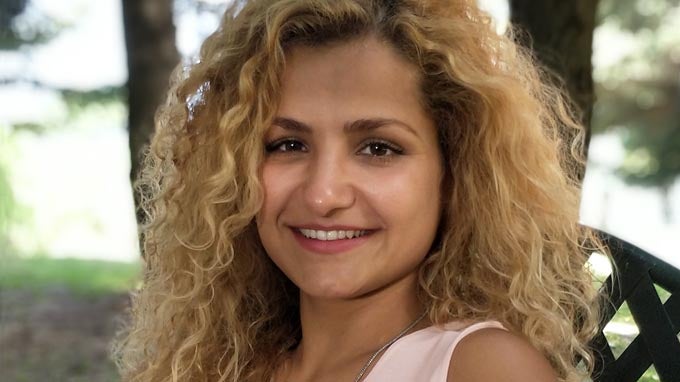

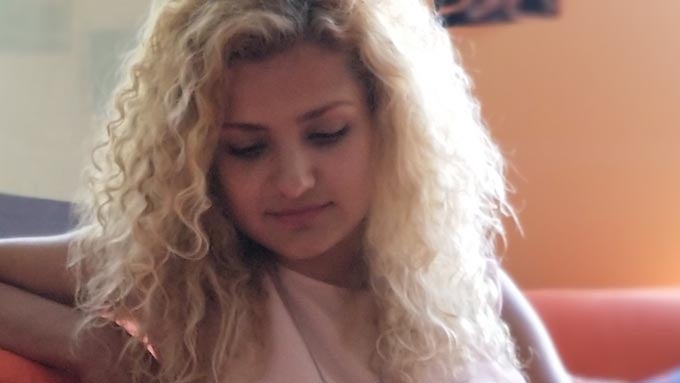
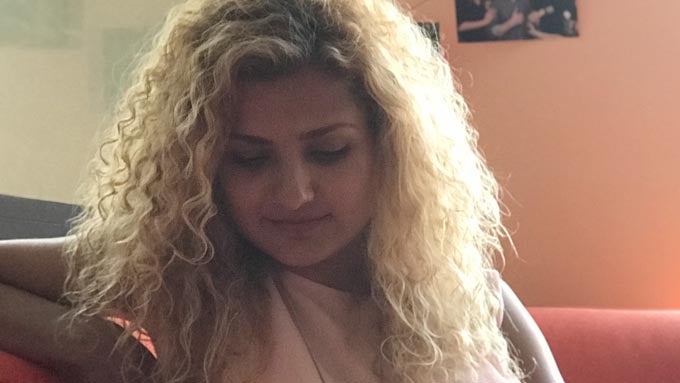
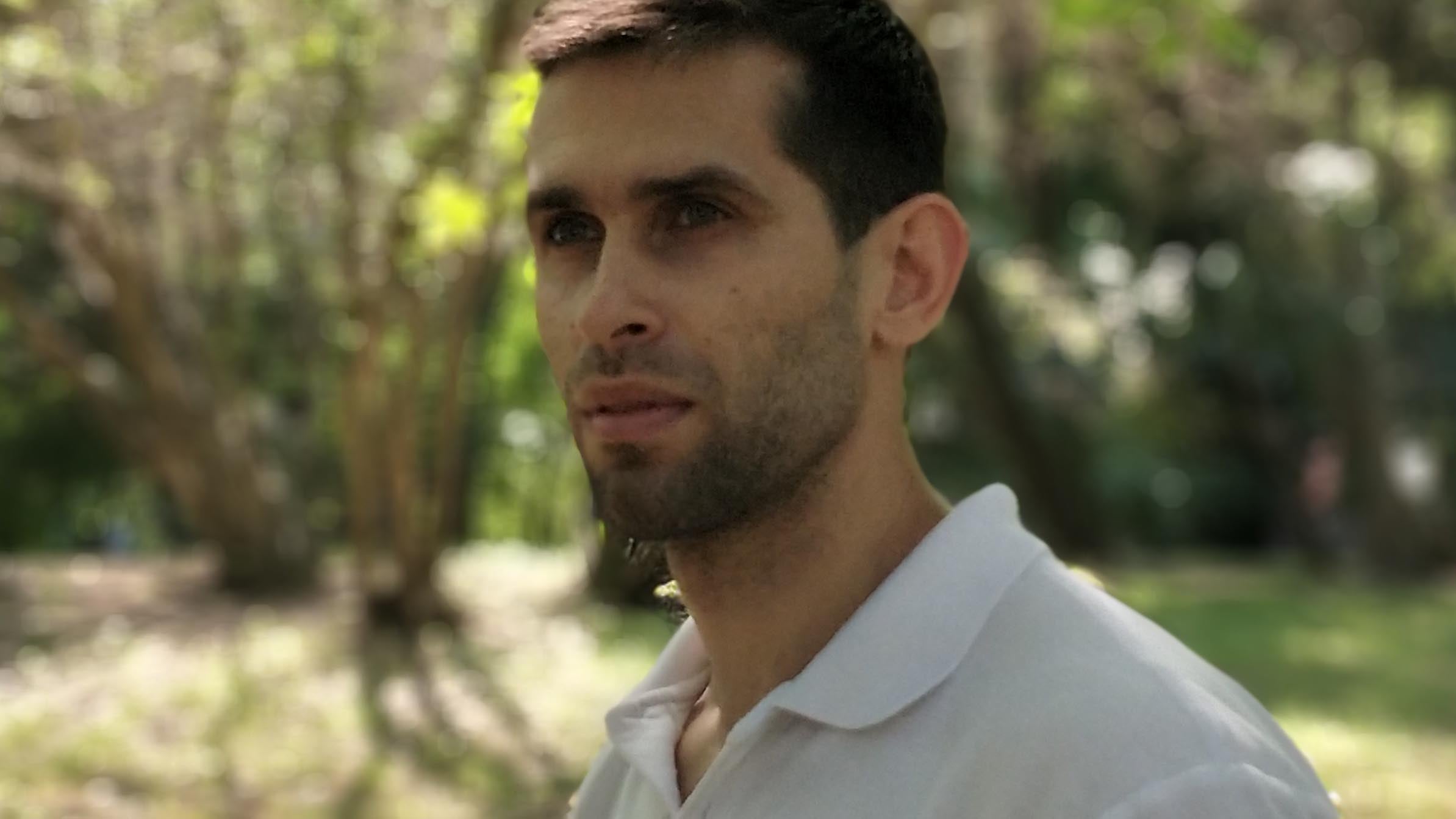

















Things that are NOT allowed:
To help keep our community safe and free from spam, we apply temporary limits to newly created accounts: